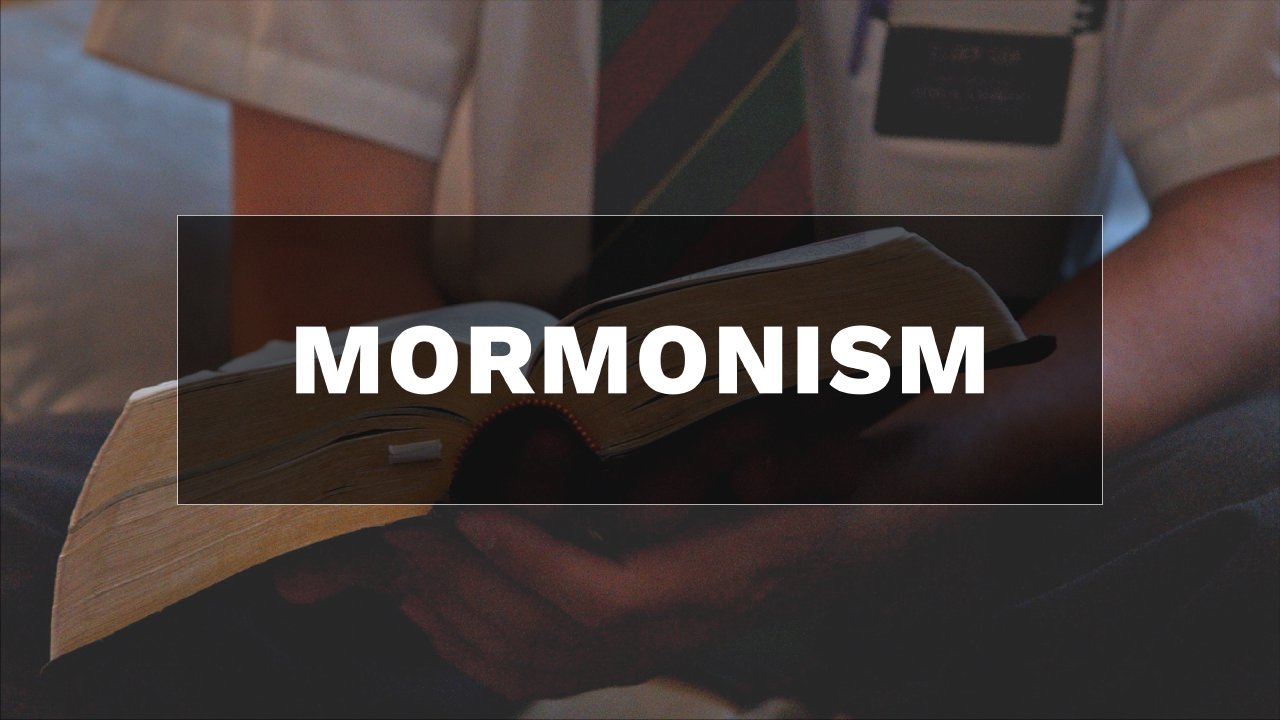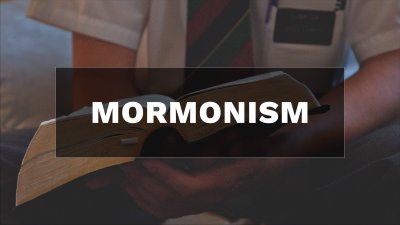At first glance, the Bible seems to be common ground for Mormons and Christians. However, when you begin to raise serious discrepancies between the teachings of the Bible and Mormon doctrine, a different view emerges.
TRANSLATED CORRECTLY?
After the King James Version of the Bible, Mormons have three additional sources of written revelation: the Book of Mormon, the Doctrine and Covenants, and the Pearl of Great Price. Together these form God’s authoritative revelation for Mormons. But of the four, the Bible takes a back seat to the others.
The Book of Mormon claims that important parts of the Bible were removed. According to I Nephi 13:28, after the Bible “hath gone forth through the hands of the great and abominable church,” there were “many plain and precious things taken away from the book...” How did this happen? Joseph Smith taught it occurred through the mistranslation of the biblical text.
At the end of the Pearl of Great Price are Smith’s “Articles of Faith,” a 13-statement summary of Mormonism’s core beliefs. According to Article #8, Mormons “believe the Bible to be the word of God as far as it is translated correctly.” This is often the Mormon’s first line of defense when presented with clear differences between the biblical data and Mormon doctrine. “Well,” they say, “the Bible has been translated over and over and contains lots of errors.” How should we respond?
THE ACCURATE TRANSMISSION OF THE BIBLE
Mormons use “the telephone game” as an example to show how the Bible has come down to us. The New Testament is equally distorted, just like the final message of the telephone game. But this approach is based on two misunderstandings.
First, the telephone game is an example of transmission (the process of passing along some form of communication), not translation (the process of taking words from one language and putting them into another language). The Mormon’s complaint is not with the translation of the biblical text from Greek and Hebrew into English or other languages, but with biblical manuscripts being copied and handed down through the centuries. So Smith’s eighth “Article of Faith” is improperly worded, a bit ironic since Mormons take it to be scripture. Surely God knows the difference. Smith should have written, “We believe the Bible to be the word of God as far as it is transmitted correctly.”
Second, the telephone game does not accurately capture the manner in which the New Testament was passed down. The New Testament was not transmitted orally, a mode of communication that is easier to distort. Instead, it was handed down in writing. In addition, during the telephone game a single individual passes the message to another individual who passes the message to a different individual and so on. Not so with the New Testament. Instead, there were many lines of transmission, as one letter was copied multiple times and copies were copied multiple times, eventually resulting in a host of manuscript copies. Finally, historians do not rely on the last person in line but look for earlier manuscripts much closer in time to the original.
DETERMINING RELIABILITY OF MANUSCRIPTS
Historians ask two primary questions to determine a manuscript’s reliability: 1) How many manuscript copies do we have? and 2) How close in time are the manuscript copies to the original? In the case of the New Testament, the evidence is staggering.
In total, there are more than 20,000 handwritten New Testament manuscripts in various languages, far exceeding other documents from antiquity.
But the question of time remains. We have 124 total manuscripts within 300 years of the composition of the New Testament. There is not a single Greek or Latin manuscript from the ancient world that comes close to the early dating of these New Testament manuscripts.
The wealth of early manuscripts ensures that we can accurately reconstruct the original. That’s why the majority of biblical scholars, both Christian and non-Christian, conclude that the original words of the New Testament can be known with more certainty than any other text from antiquity.
THE OLD TESTAMENT
In 1947, a young shepherd discovered ancient Hebrew manuscripts of the Old Testament in caves at Khirbet Qumran, on the northwest shore of the Dead Sea. Some of the most significant findings were two well-preserved scrolls of the entire book of Isaiah. Old Testament scholar Gleason Archer examined the scrolls and wrote:
"Even though the two copies of Isaiah discovered in Qumran Cave 1 near the Dead Sea in 1947 were a thousand years earlier than the oldest dated manuscript previously known (A.D. 980), they proved to be word for word identical with our standard Hebrew Bible in more than 95 percent of the text. The five percent of variation consisted chiefly of obvious slips of the pen and variations in spelling."
The Dead Sea Scrolls confirm the reliability of the Old Testament text.
A closer look at the transmission of ancient documents reveals the flaws in the telephone game analogy. The New Testament manuscripts are the most reliable ancient documents we have, hands down. If we take Joseph Smith’s caveat “as far as it is translated correctly” to mean—as Mormons do—transmitted correctly, then we can be completely confident our Bibles reflect the original Word of God.
APPLICATION
Let me offer three questions to pose to your LDS friend when he challenges the Bible’s reliability.
Response #1: Ask, “What do you mean by that— that the Bible has been translated incorrectly?”
If the Mormon claims the Bible is riddled with errors, it’s his job to show where. It’s completely legitimate to point out the errors. Aside from a few professional Mormon apologists, I have yet to encounter an informed answer to this query. My question is often met with a “Well, I’m not a biblical scholar” response. But if he can’t produce the goods, I have no reason to accept his claim.
Response #2: Ask if he reads the Bible and if so, ask which mistranslated parts he avoids reading.
If you knew the Bible contained serious errors, wouldn’t you make some effort to discover them and avoid them? You wouldn’t continue nonchalantly reading the Bible, would you? But most Mormons tell me they love the Bible and read all of it, betraying their use of the “translated correctly” objection as a convenient escape route from difficult questions.
Response #3: Ask, “If the Bible has been mistranslated, what do you make of God’s promises to protect His Word?”
Open your Bible and have them read Isaiah 40:8, where Isaiah declares, “The grass withereth, the flower fadeth: but the Word of our God shall stand forever.” Point them to Jesus’ promise: “For verily I say unto you, till heaven and earth pass, one jot or one tittle shall in no wise pass from the law, till all be fulfilled” (Matthew 5:18). God is big enough to preserve His Word and when He promises to do so, we should trust Him.
THE WORD OF GOD STANDS FOREVER
Christians have a wealth of evidence testifying to the Bible’s trustworthiness. In addition to the textual evidence, the Bible enjoys external corroboration from archaeology and fulfilled prophecy. Internally, the Bible speaks with one voice through more than 40 different human authors, answering our most significant questions and giving the power necessary to change lives.
No such evidence can be harnessed for the Book of Mormon or the other Mormon scriptures. There is absolutely no archaeological support for the people, places, and things contained within it.
Ironically, the Bible hasn’t been changed, but Mormon scripture has. Despite Joseph Smith’s claim “that the Book of Mormon was the most correct of any book on earth,” there are almost 4,000 changes from the 1830 version of the Book of Mormon to today’s version. If you compare the 1835 Doctrine & Covenants with the 1833 Book of Commandments, its forerunner, you’ll discover clear edits to what was allegedly divine revelation received by Joseph Smith.
Under careful scrutiny, the reliability of Mormon scripture crumbles. Under the same scrutiny, the reliability of the Bible shines. Thus we can put our trust in it, declaring with Isaiah, “the Word of our God shall stand forever.”

Objections to The Bible
Brett Kunkle
More from
Mormonism



